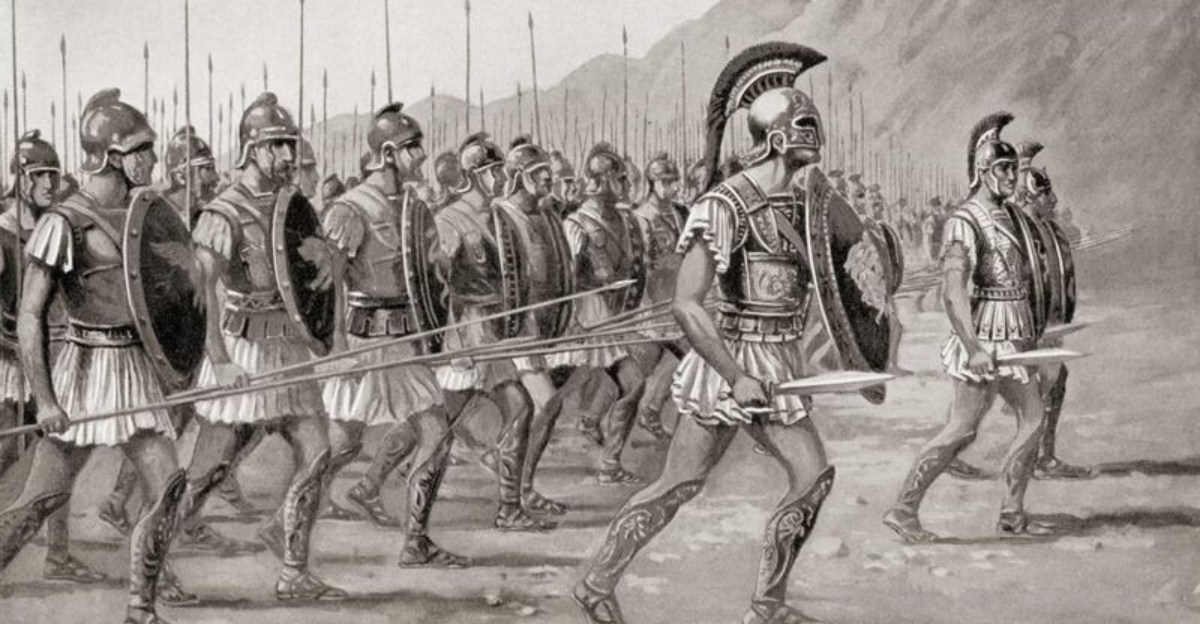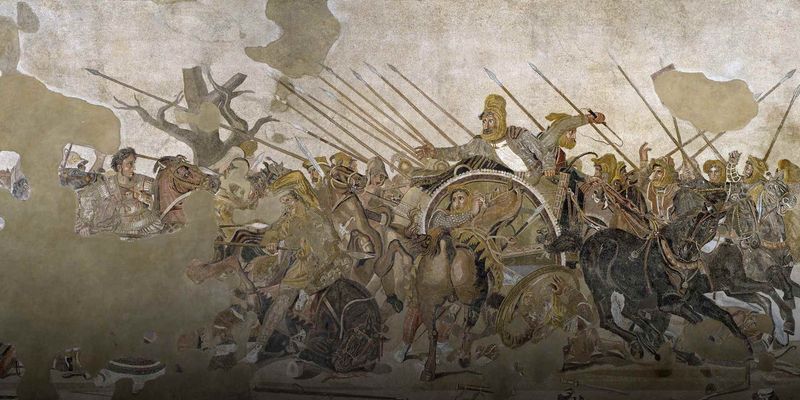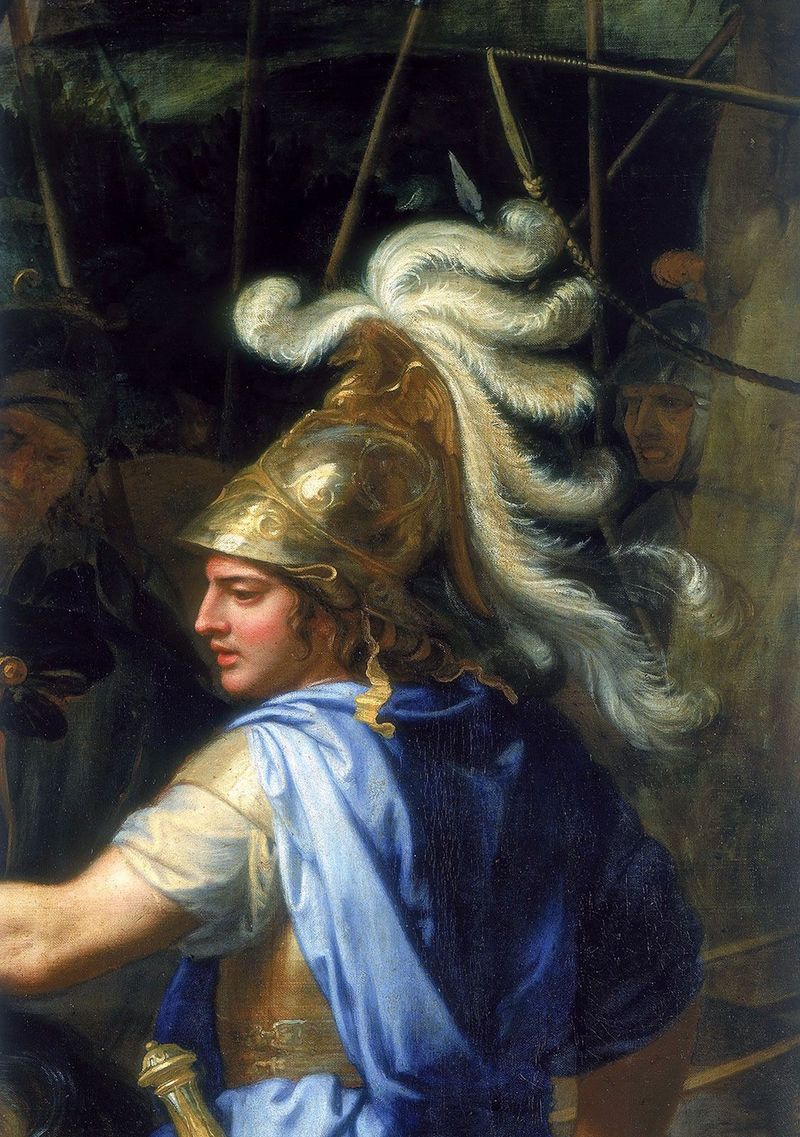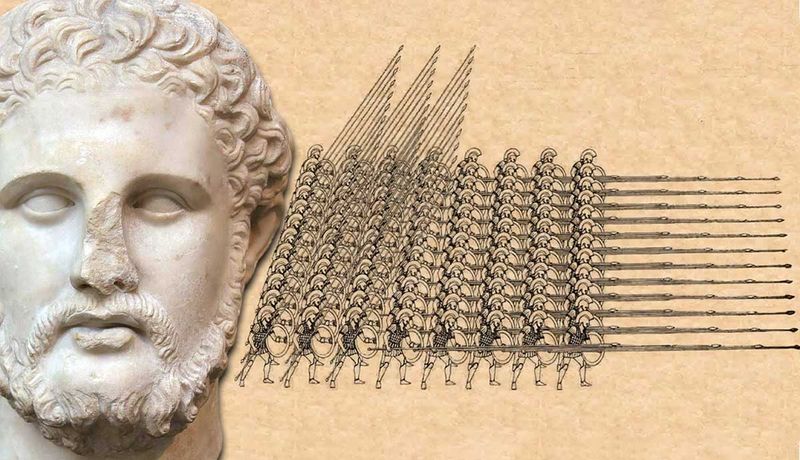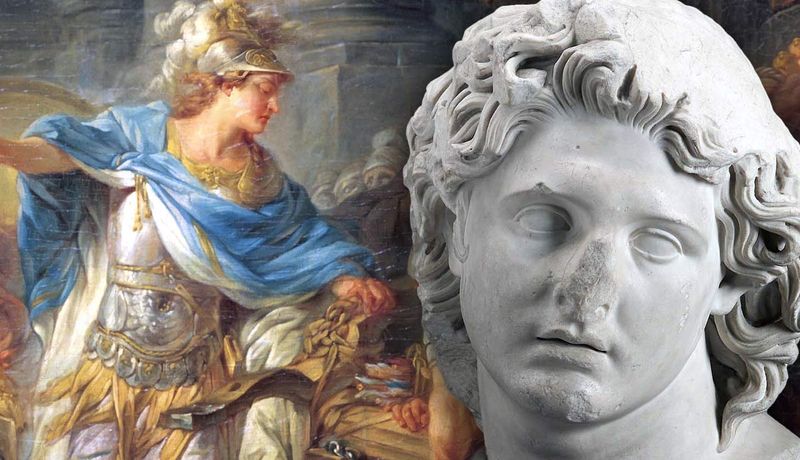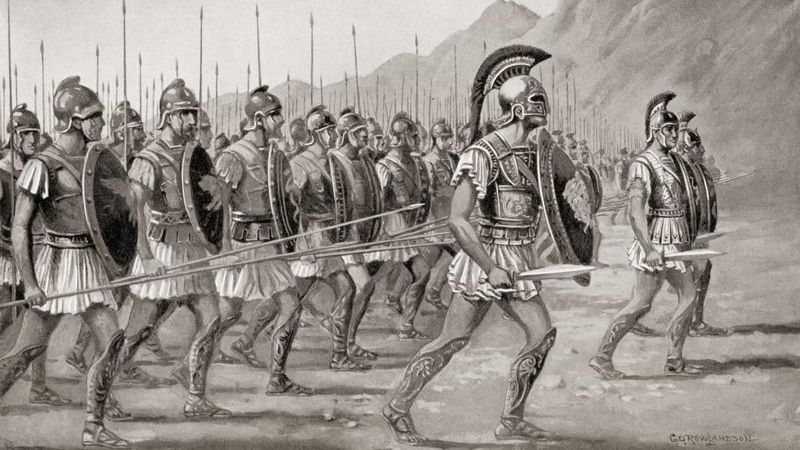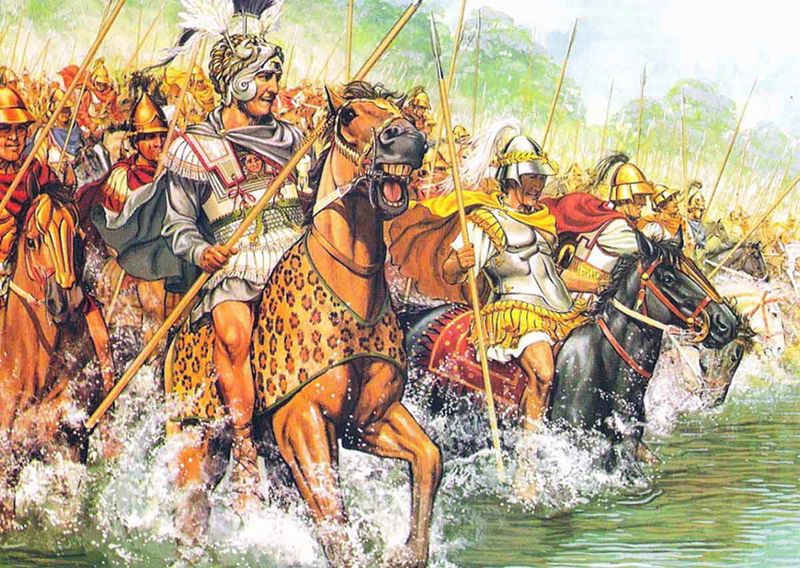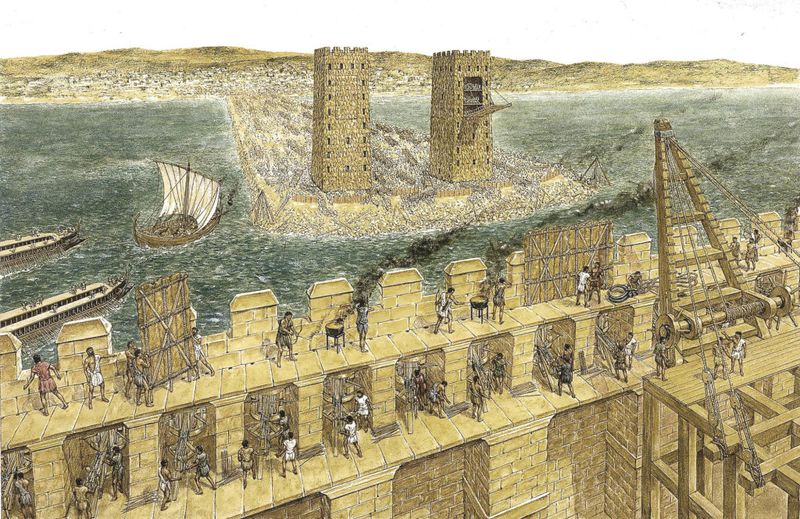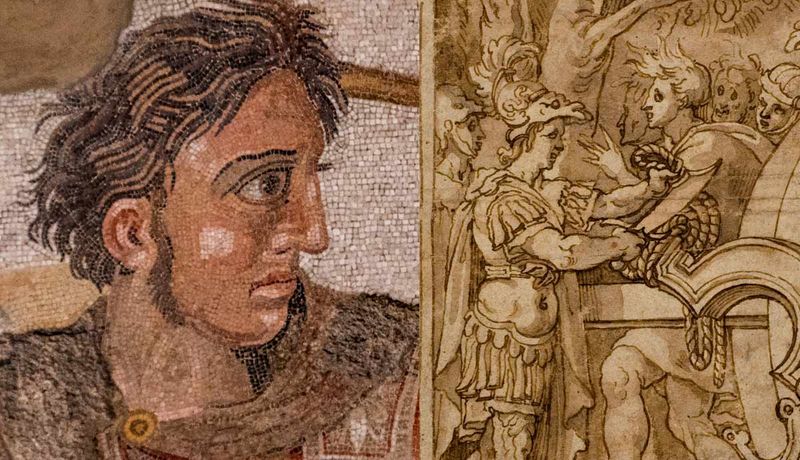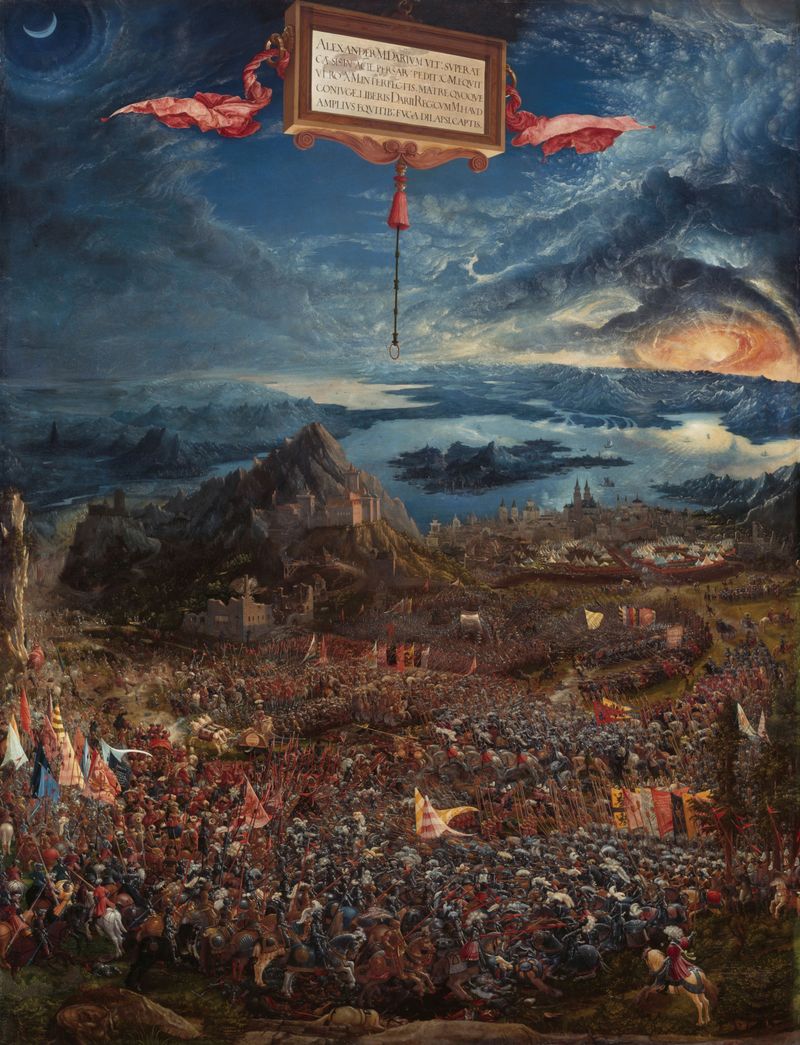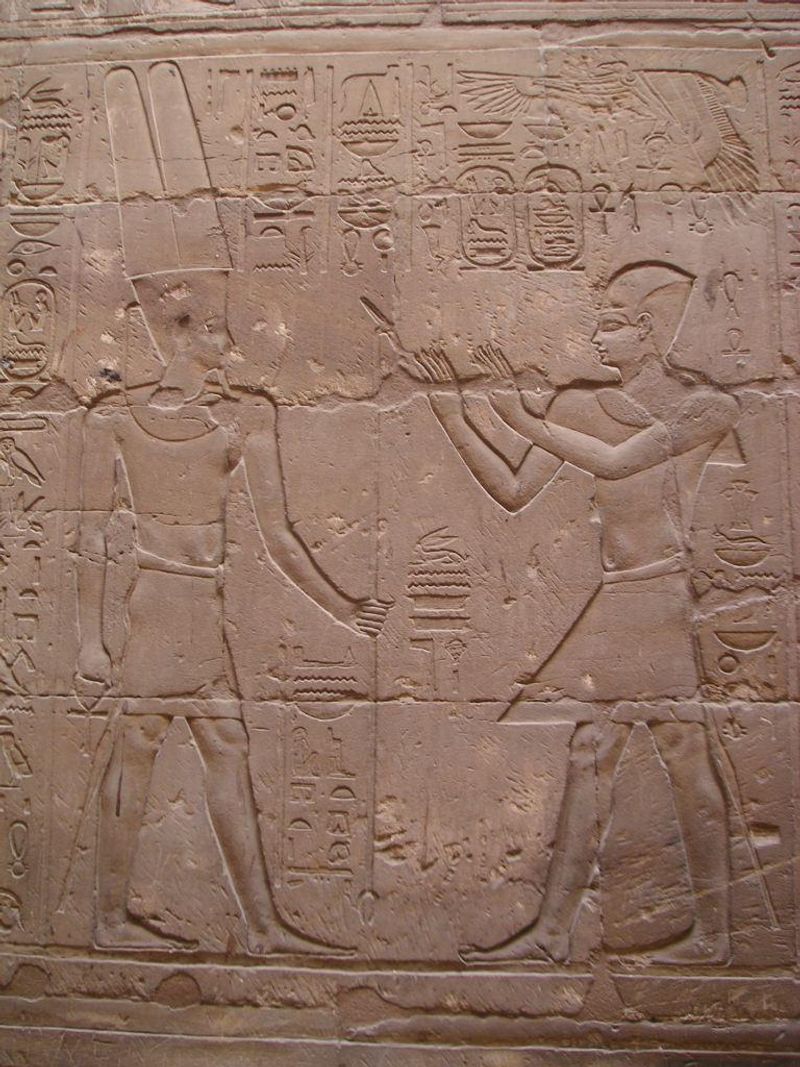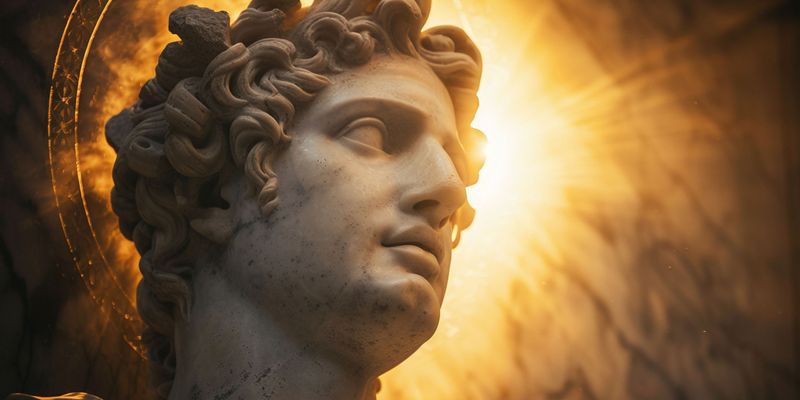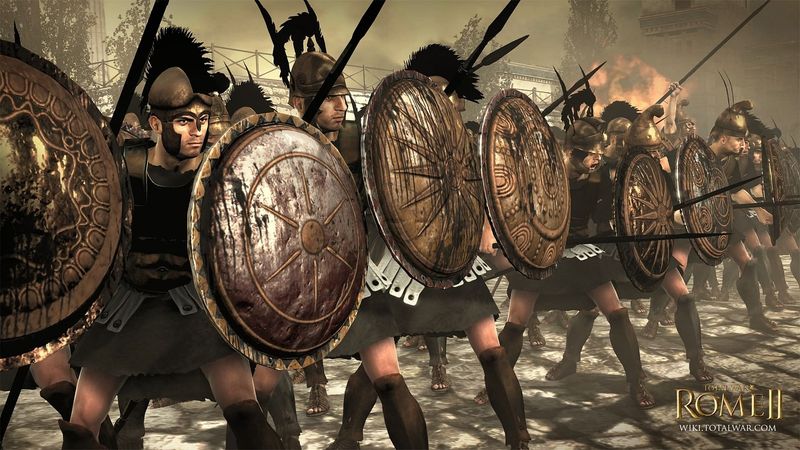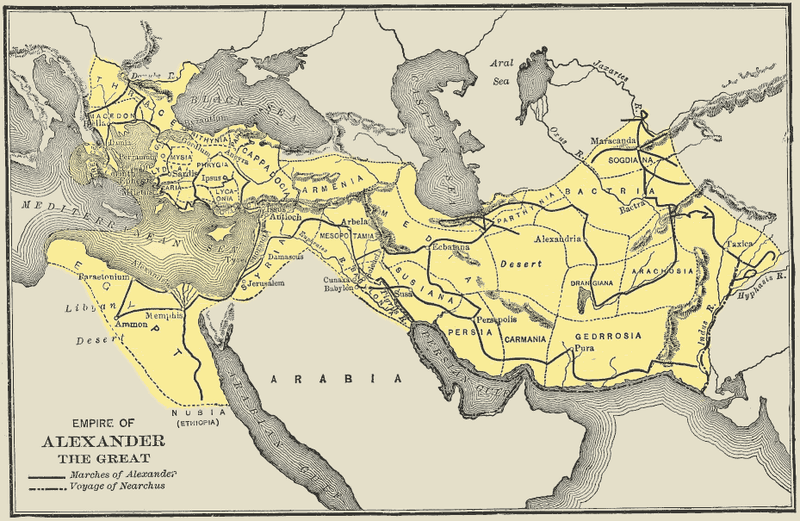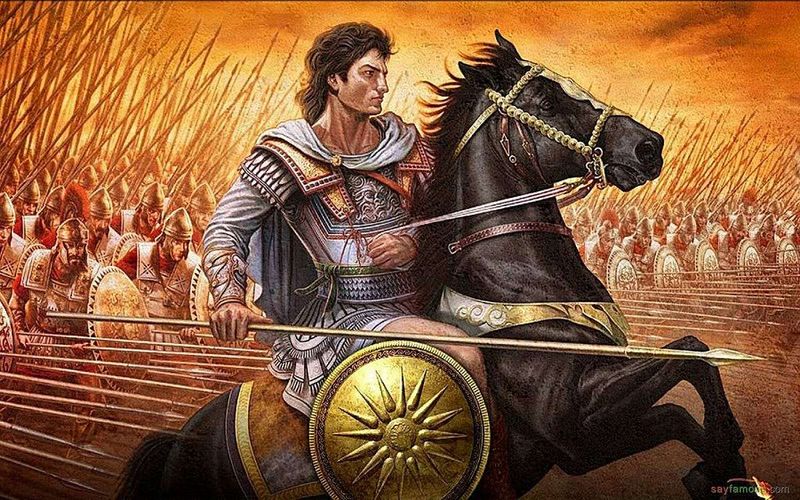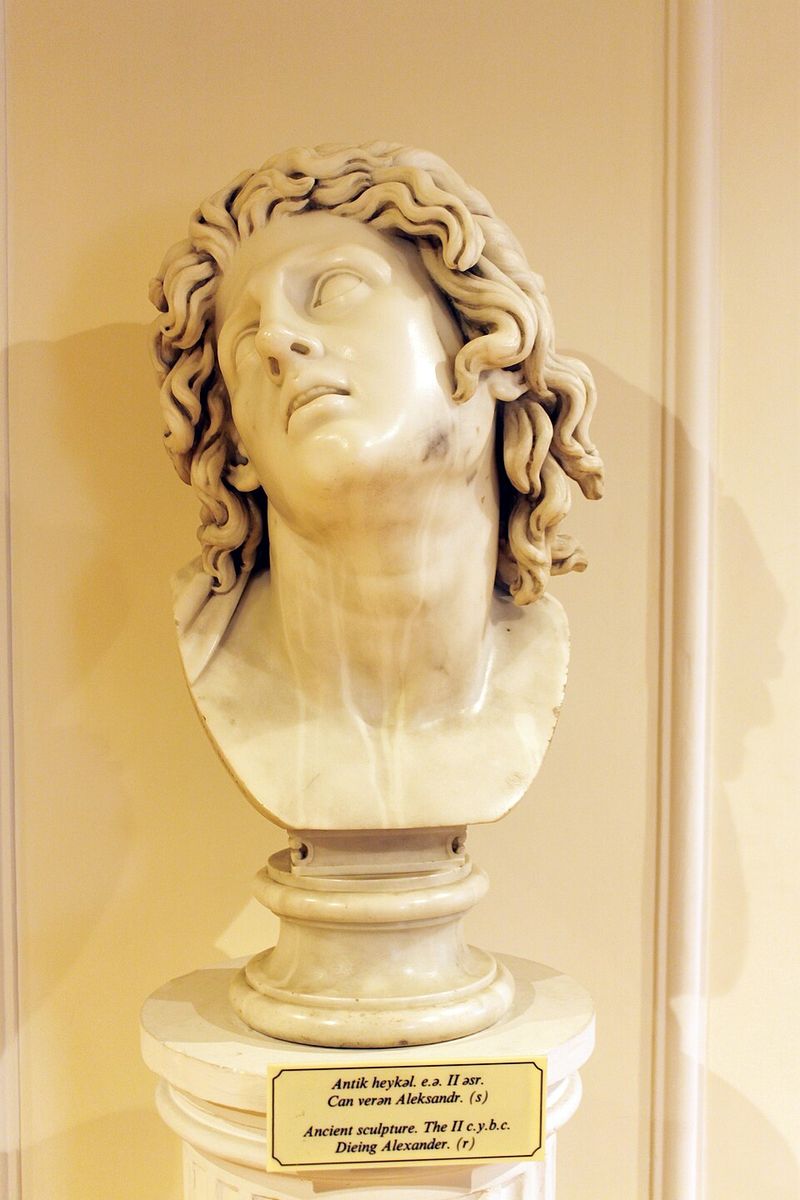Explore the life and achievements of Alexander the Great, whose military genius and strategic prowess have marked him as one of history’s greatest generals.
His audacious conquests, innovative tactics, and remarkable leadership continue to fascinate and inspire.
Here are 15 compelling facts that underscore why Alexander is often regarded as the greatest military leader of all time.
1. A Young King’s Audacious Plan (334 B.C.)
At just 20, Alexander, the King of Macedonia, dared to invade the mighty Persian Empire. His ambition set the stage for a military campaign unparalleled in history. Young and fearless, Alexander’s bold move redefined the era’s geopolitical landscape.
His strategy was not merely about conquest but involved spreading Greek culture across the known world. By the time he crossed the Hellespont into Asia, his vision was clear—dominate or influence every land he touched.
Such audacity at a young age was a testament to his leadership and tactical acumen, inspiring countless future leaders.
2. Forged in a Land of Legends
Alexander’s roots lay in Macedonia, a land steeped in legend. Born north of Greece, he was surrounded by tales of heroism and warfare. His upbringing in this storied region shaped his ambitions and worldview.
The neighboring city-states, Athens and Sparta, were icons of democracy and military prowess respectively. Their histories, including the famous battles of Thermopylae and Salamis, were integral to Alexander’s education.
These legends fueled his desire for greatness, creating a foundation upon which he built his extraordinary military legacy, forever etching his name alongside Greece’s legendary warriors.
3. Philip II: The Father Who Paved the Way
The formidable Macedonian army led by Alexander was largely the work of his father, Philip II. Philip’s innovations, such as the 18-foot sarissa pike, revolutionized warfare. He transformed the phalanx into a fearsome force.
At the battle of Chaeronea, Philip showcased these advancements, defeating Greek city-states and uniting Greece under the Hellenic League. This victory paved the path for Alexander’s future conquests.
Philip’s military reforms not only secured his son’s throne but also provided Alexander with the tools necessary for his own legendary campaigns, ensuring the Macedonian legacy endured.
4. Securing Power Through Ruthlessness
After his father’s assassination, Alexander faced immediate threats to his throne. He responded with decisive ruthlessness, eliminating rivals and quashing rebellions with an iron fist.
His most dramatic act was the destruction of Thebes, a message to all of Greece about the consequences of defiance. This brutal consolidation of power secured his rule and deterred future dissent.
Alexander’s ruthless actions, though harsh, were necessary in a world where strength and fear commanded respect. His decisive leadership in these early days set a precedent for his reign.
5. The Macedonian War Machine
Alexander’s army was a masterful blend of diverse forces. The Macedonian Phalanx, with its 16-deep ranks and long sarissas, was its backbone. This infantry was supported by the elite Hypaspists, agile and fiercely loyal.
Greek Hoplites, both allies and mercenaries, provided additional strength, while the Agrianians, adept javelin throwers, harassed the enemy from afar.
The Companion Cavalry, often led by Alexander himself, delivered the decisive blows. This formidable combination of units, each with distinct roles, exemplified military innovation, ensuring Alexander’s dominance across battlefields.
6. First Blood: The Battle of the Granicus (334 B.C.)
The battle of the Granicus was Alexander’s inaugural clash on Asian soil. Defying advice to avoid direct confrontation, he led a daring charge across the river.
In the thick of battle, Alexander’s life was endangered, only to be saved by Cleitus the Black. This victory was more than a military success; it symbolized a psychological blow to the Persian Empire.
By securing a foothold in Asia Minor, Alexander opened the gateway to further conquests, demonstrating his tactical brilliance and valor. It was a bold statement of intent and capability.
7. Naval Neutralization and Siege Mastery
Facing the formidable Persian navy, Alexander turned his attention to key coastal cities. Miletus and Halicarnassus fell, but the siege of Tyre became legendary.
Building a massive causeway to reach the island city, Alexander showcased his innovative and relentless siege tactics. The seven-month siege ended in victory, neutralizing Persian naval power.
This strategic brilliance allowed him to control the eastern Mediterranean, exemplifying his ability to adapt and conquer even the most challenging of fortifications. His sieges were not just military actions but symbolic victories over seemingly insurmountable obstacles.
8. The Gordian Knot (333 B.C.)
In Phrygia, Alexander encountered the legendary Gordian Knot. Prophecy held that untangling it would make one the ruler of Asia.
Rather than waste time unpicking it, Alexander boldly sliced the knot with his sword, a testament to his decisive nature. This act symbolized his belief in forging his destiny through action and innovation.
His approach to the knot mirrored his military strategy—direct, unyielding, and effective. It was a moment that encapsulated his philosophy: to reshape the world through bold, unconventional means.
9. Clash of Kings: The Battle of Issus (333 B.C.)
In the narrow confines near Issus, Alexander faced King Darius III of Persia. Despite being outmaneuvered and having his supply lines cut, Alexander’s tactical genius shone.
His smaller force decisively defeated the Persian army, forcing Darius to flee and leaving behind his royal family and treasure. This victory was a testament to his strategic mastery.
Treating Darius’s family with respect, Alexander showcased his blend of warfare and diplomacy. Issus was a defining moment, solidifying his reputation as a formidable military leader.
10. Liberator and Pharaoh of Egypt (332 B.C.)
After defeating Persia, Alexander turned to Egypt, where he was hailed as a liberator. The Egyptians, weary of Persian rule, crowned him Pharaoh in Memphis.
His respectful treatment of local customs and deities endeared him to the populace, blending Greek and Egyptian cultures. This fusion left a lasting legacy, most notably the city of Alexandria.
His time in Egypt was not just about conquest but cultural integration, leaving an indelible mark on the region’s history. It highlighted his capacity to rule diverse peoples wisely and justly.
11. Son of Ammon
In the heart of the desert, at the oracle of Siwah, priests hailed Alexander as the ‘Son of Ammon,’ equating him with Zeus.
This divine endorsement reinforced his perceived destiny to rule and bolstered his status among his followers. It was a powerful moment of personal affirmation.
The title intertwined his identity with both Greek and Egyptian beliefs, further solidifying his role as a unifier of cultures. It was a pivotal point that enhanced his legendary status, bridging mortal leadership with mythic destiny.
12. The Decisive Showdown: Battle of Gaugamela (331 B.C.)
The vast plains of Gaugamela set the stage for Alexander’s most decisive battle against Darius. Despite being outnumbered, his tactical genius prevailed.
A feigned flank movement weakened the Persian center, leading to a crushing victory. Darius once again fled, leaving his empire vulnerable.
This victory marked the effective end of Persian power and secured Alexander’s control over the vast territories. It was a testament to his unparalleled strategic vision and ability to inspire his troops to greatness.
13. Conquest of Persian Capitals
Following Gaugamela, Alexander claimed the Persian capitals of Babylon and Susa, receiving recognition as the new ruler.
At the Persian Gates, he faced fierce resistance but eventually prevailed, marking his conquest of Persepolis. In a symbolic act, he ordered its burning, avenging the Persian destruction of Athens.
These victories solidified his dominance, showcasing his ability to conquer and integrate diverse cities and cultures. By taking these key cities, Alexander cemented his authority and influence across the former Persian Empire.
14. The Long March East & Growing Dissent
The pursuit of Darius led Alexander into Central Asia, where he encountered guerrilla warfare and growing discontent among his troops. The prolonged campaign tested his leadership.
Adopting Persian customs, like proskynesis, caused friction with his men. The murder of Cleitus and execution of Philotas revealed tensions within his ranks.
Despite these challenges, Alexander founded cities and continued his conquests, but the strains of endless campaigning were evident. His ability to navigate these issues highlighted his complex leadership style, blending ambition with adaptation.
15. The Edge of the World and Untimely Death (323 B.C.)
Alexander’s campaigns reached as far as India, where he faced King Porus and his formidable war elephants at the Hydaspes.
Despite winning, his army’s refusal to march further marked the limits of their endurance. Turning back, Alexander’s journey through the Gedrosian Desert was grueling.
In Babylon, at the young age of 32, he died suddenly, leaving behind an empire that swiftly fragmented. His untimely death marked the end of an era but ushered in the Hellenistic Age, a testament to his lasting impact on history.
